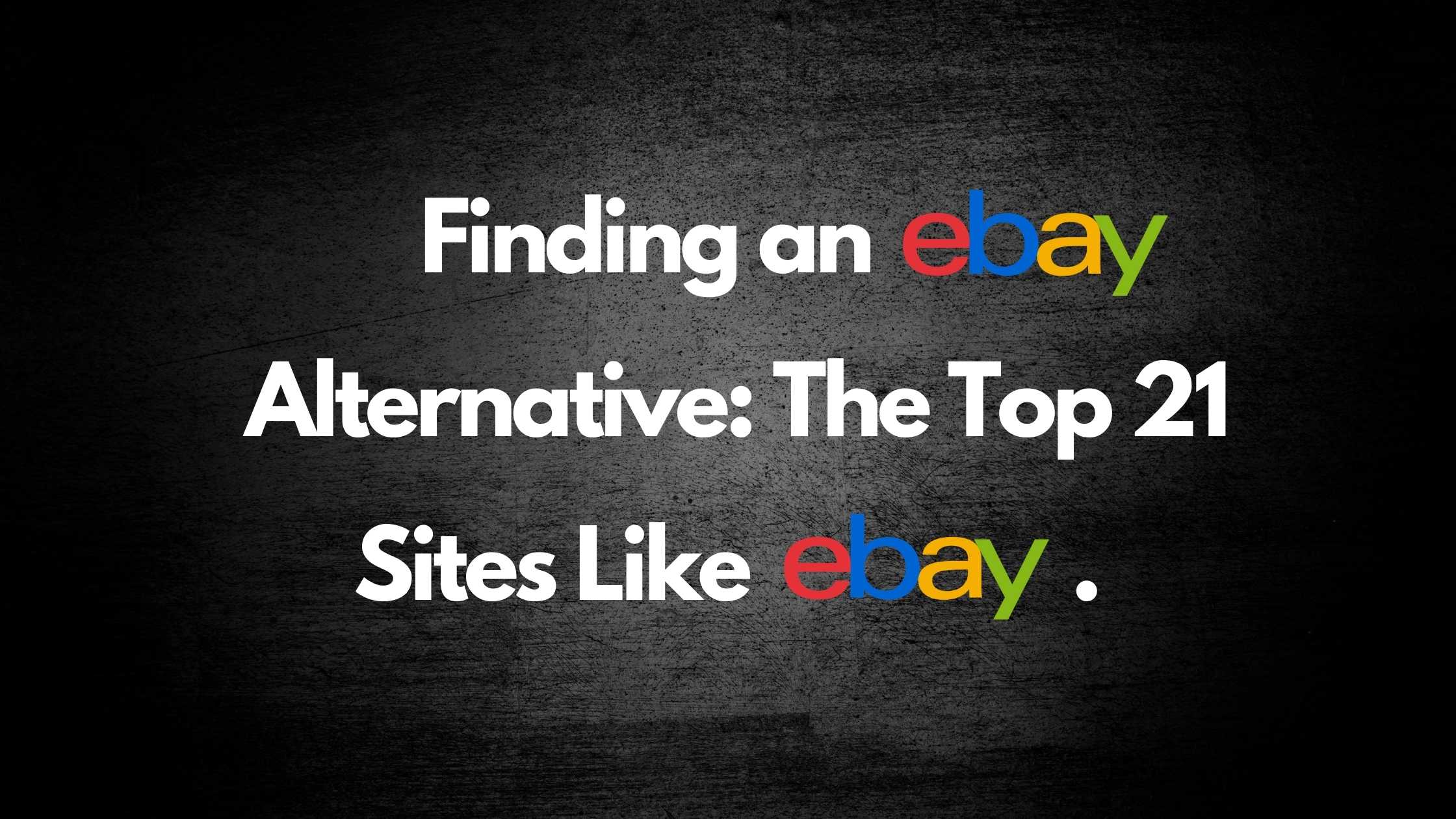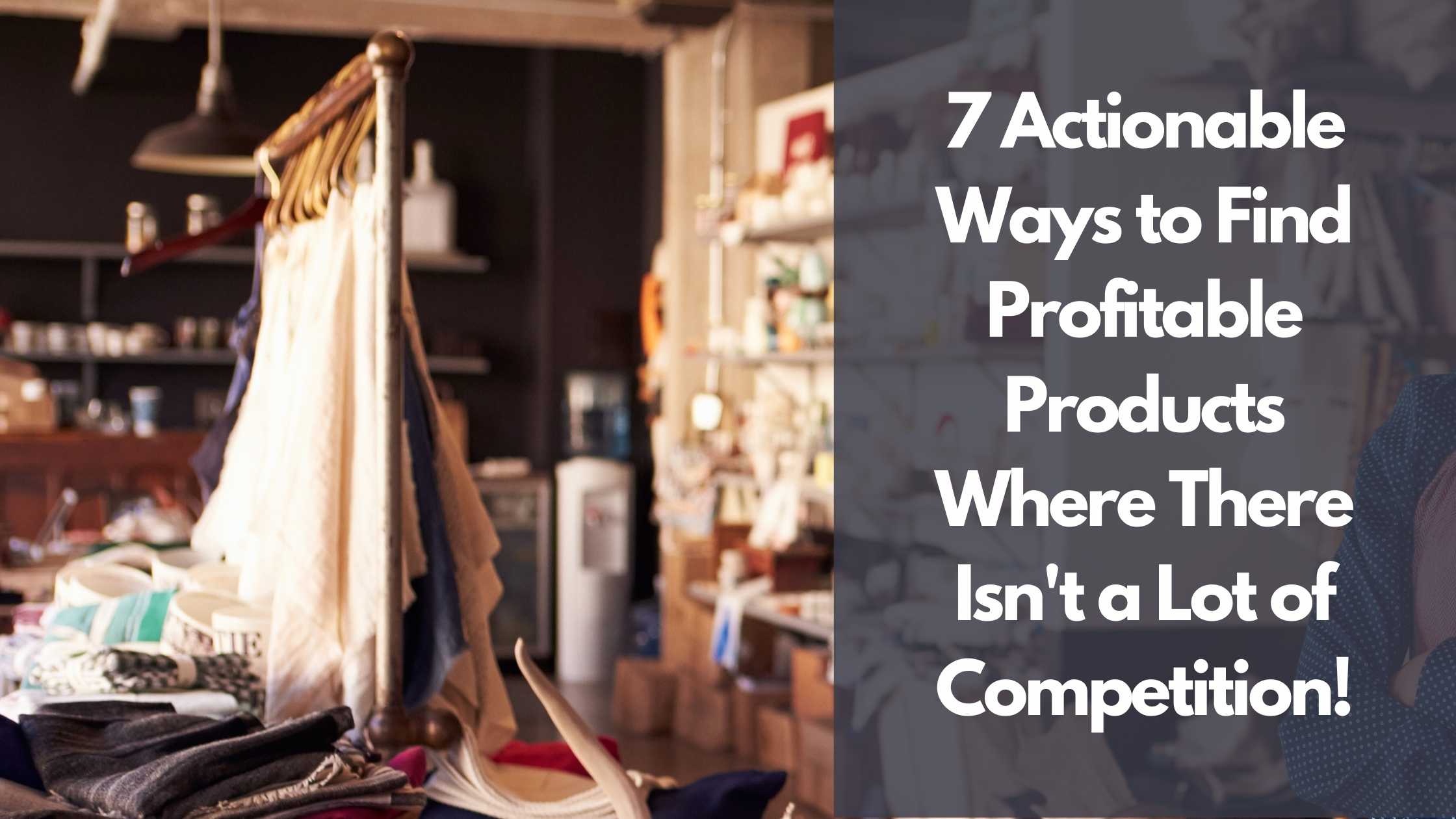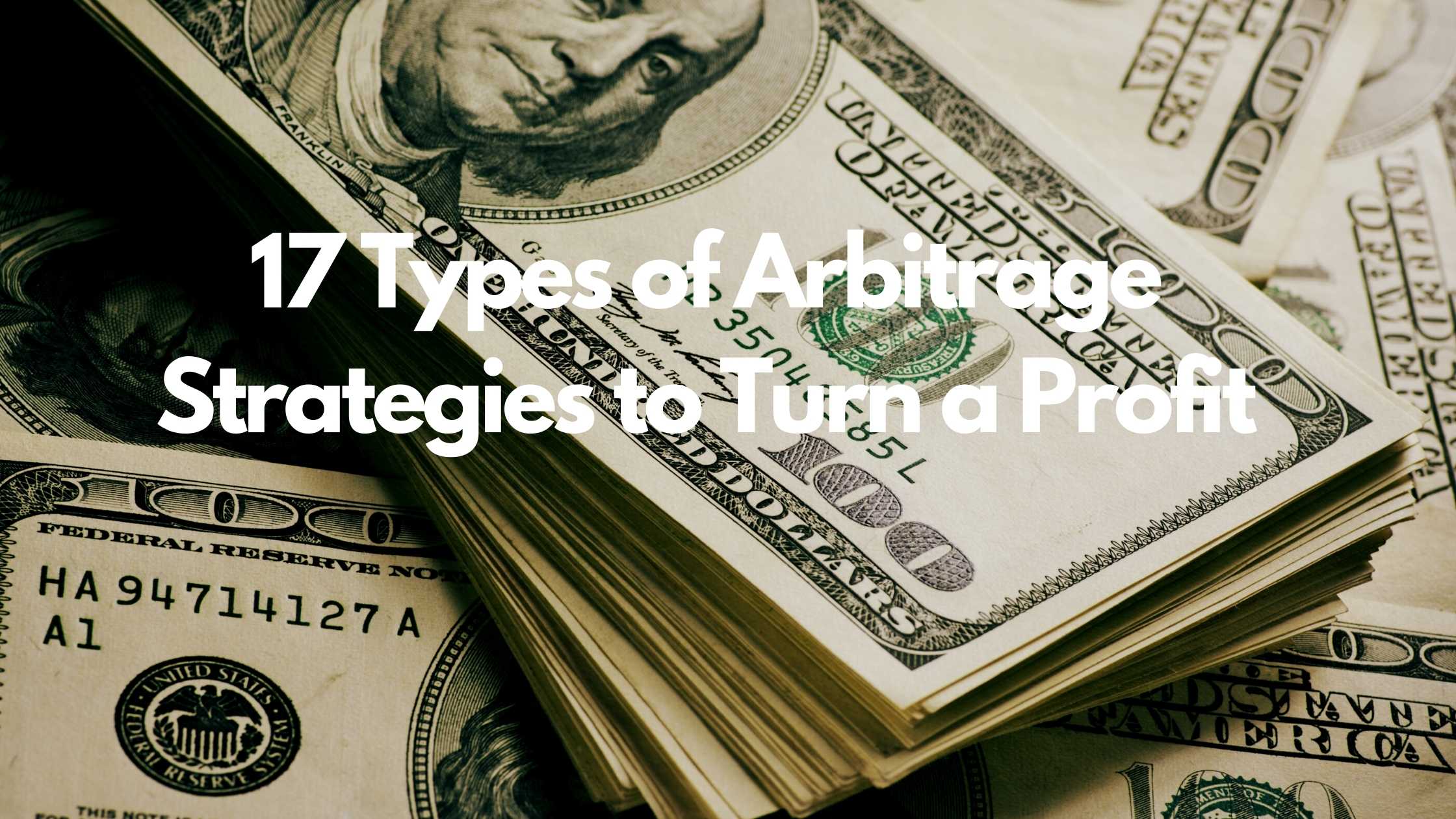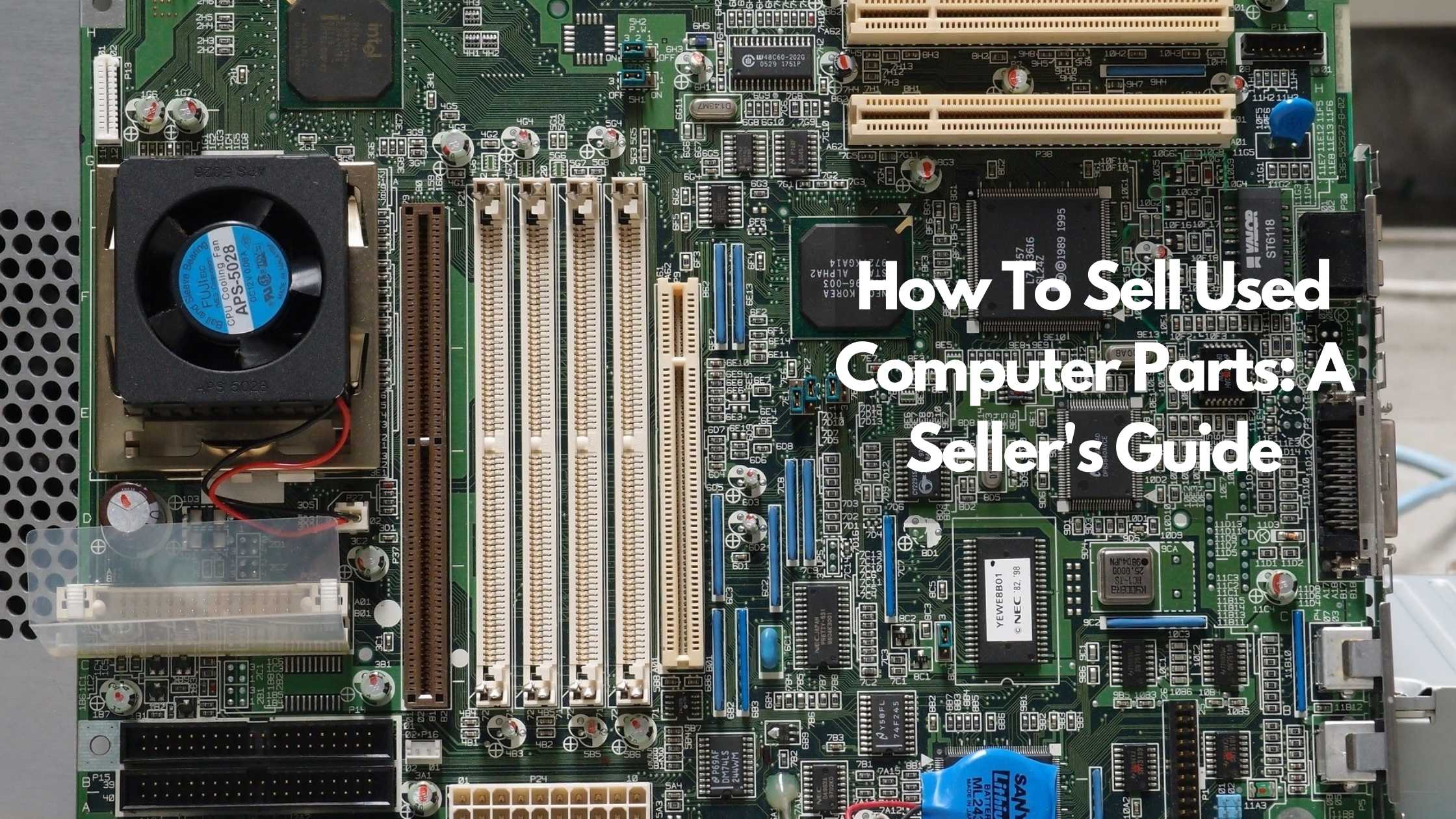
7 Actionable Ways to Find Profitable Products Where There Isn’t a Lot of Competition Today

When I first started finding products to sell online, it was hard to know whether they would sell or not.
And it made me a bit wary. I didn’t want to spend $100 or over $200 on some products only to be stuck with them. Then try again, hoping that I would strike gold.
So, I researched ways to find profitable products that would be easy to sell. I’ve put together this helpful guide to explain these methods exactly so that you can implement them.
How do you find profitable products to resell?
You can find profitable products with low competition by looking at key numbers about the products. The key numbers are:
- How in demand the product is (using Google trends and Amazon reviews)
- How competitive the product is
- Finding a source for the product where you can sell them at a profit.
Step 1: Make a shortlist of high demand products that are easier to sell.
It’s a good idea to find products where there isn’t a lot of competition.
But, before evaluating them using the methods I’ll describe below, you should come up with a shortlist of topics that you want to evaluate.
And this shortlist should be full of products that are in high demand.
The good news is there are a bunch of methods to find out if a product is in high demand. Various studies have been done using these methods, and that is why I mention them.
The products won’t always be in demand. I’ll provide some criteria you can use to assess whether the item will continue to be in high demand at the end of this step.
This is what you do:
- I’ll provide a list of products that are in high demand at the moment. Choose some from the list that resonates with you – that you feel will be a good fit for your personality.
- Check that they are ‘evergreen’. Meaning they aren’t only in high demand because of a recent event. I’ll provide the criteria to check off each item you shortlisted.
- Keep this list somewhere you won’t lose it.
Choose from the list of products that are high demand in 2020
There have been numerous studies done to compile lists of products that are in high demand. According to Shopify.com, the following items are trending in 2020:
- Peel-off face mask
- Nail polish
- Exercise bands
- Water bottles
- Blankets
- Yoga and Pilates mats
- Kayak accessories
- Jigsaw puzzles
- Kitchen and dining room furniture
- Rugs
- Board games
- Laptop skins
Another study article written by Cloudways.com concluded that the following items are in high demand:
- Portable Blender
- Spider Nail Gel
- Wireless Phone Chargers
- Face Shield
- Phone Lenses
- Inflatable Pet Collars
- Eyeshadow Stamp
- Strapless Backless Bra
- Child Wrist Leash
- Front Facing Baby Carrier
- Car Phone Holder
- Home Security IP Camera
- Wifi Repeater
- Drone Camera
- Posture Corrector
- Electric Soldering Iron Gun
- Pump Wedge Locksmith
- Bohemian Earrings
- Manicure Milling Drill Bit
- Flexible Garden Hose
- One Piece Swimsuit
- Fly Fishing Quick Knot Tool
- Breathable Mesh Running Shoes
- Waterproof Eyebrow Liner
- Non-contact Infrared Thermometer
- Cat Massage Comb
- Portable Electric Ionic Hairbrush – Summer Product
- PVC Inflatable Beer Pong Ball Table – Summer Product
- Home Ice Cream Makers – Summer Product
- Beach Towels – Summer Product
- Baby Kids Water Play Mat – Summer Product
- Pocket Scarves – Winter Product
- Winter Coats – Winter Product
- Shoe Dryer – Winter Product
- Touchscreen Gloves – Winter Product
- Waterproof Pants – Winter Product
- Bear Claws – Spring Products
- Hiking Backpacks – Spring Products
- Minimalist Wallets – Spring Products
- Waterproof Shoe Cover – Autumn (Fall) Product
- Hooded Raincoats – Autumn (Fall) Product
- Cable Chompers – Autumn (Fall) Product
- Plush Blankets – Autumn (Fall) Product
- Portable Car Vacuum
- Baby Swings
- Matcha Tea
- Eyebrow Razor
- Seat Cushions
- Phone Tripod
- Portable Solar Panels
So, take a look through this list and choose the ones that most appeal to you. Based on which ones stand out to you. And maybe what you already know a bit about.
For example, you might have kids, so you know a lot of baby-related products. You may work in the solar panel industry, so you know a bit about portable solar panels. Once you’re happy with that, move on to step #2 for this section.
2. Check that they will continue to be in high demand.
You want to use a few evaluating questions on your items to determine whether they are a fad. Otherwise, it’s possible you could get stuck with items you buy. This is called dead stock, which is inventory that doesn’t turn over.
Some products are a novelty item and are only popular because someone famous talked about them, or they were cool for a while, and then no one used them anymore.
I remember as a kid ‘chatter rings’ were incredibly popular toys and almost all the kids had one. Then in the space of about a month, no one liked them anymore. And I would assume sales of them dropped back to normal level.
Then, after that, it was yo-yo’s, and all the kids had one. So, some products may appear to be in high demand.
Even though everything could be right about a product, there is always some risk buying products that they will take forever to sell.
The worst-case scenario is you will have to offload them for pennies on the dollar.
So, here’s a few questions to ask:
Is this a product everyone will want at some time in their life?
Some products are only for certain people to like, for example, surfers. Many people have never tried surfing and may want to adopt this sport. However, they may live in a city that is landlocked or has no waves.
So, they wouldn’t think it’s a good idea to buy a surfboard because they wouldn’t get a chance to use it. If they bought one, it would sit in their garage forever. It wouldn’t make for an evergreen product.
Is this product only popular because of a recent event, such as Covid?
Some products are clearly a fad, for example, Pokemon Go. When Pokemon Go first came out, it was one of the most popular things, and you would see hordes of kids running around trying to capture pokemon.
But, after a while, it died down again. Other examples are face masks from the recent Covid outbreak. It is clear that once it has been eliminated, people won’t want to buy face masks again.
How often would a person want to buy this product?
Some products are better to sell because they are consumable, for example, soap. Soap is something virtually everyone uses every day, and once you use it, it’s gone.
Other items are durable and last a long time, for example, furniture.
So, your customers would only need to buy it once. However, this isn’t a deciding factor. Choosing a consumable item is an added bonus.
3. Keep your shortlist of items somewhere you won’t lose it.
Pretty self-explanatory. But, now that you’ve done all this hard work to find some products that have good potential. You want to save this somewhere where it won’t get lost. A good idea is to upload it to Google Drive or similar cloud storage.
Step 2: Screen the products for how competitive they are, so you can sell them faster.
You next want to evaluate the competition to see how many companies and people you’re going up against.
You found some products and made a shortlist in the previous step. Now, you want to go through them with a fine-tooth comb to make sure they aren’t too competitive.
Otherwise, you’ll have a hard time selling them.
This is what you do:
1. Look at the amount of people selling the product.
There are many online marketplaces where you can see how many people are selling your product ideas. The most popular are Amazon.com, and Ebay.com.
Both of these will give you a clear idea of how many people are selling the product already and are satisfying some of the market demand.
To do this, go to each website and search for the product in the search field. When the results come up, it will show on the item who the seller is.
On Amazon, it will show the seller next to the item. But, on Ebay you have to click on the item to see who the seller is.
Some sellers will have multiple listings, so ensure you’re not counting twice for the same competitor.
I’ve put a screenshot below of where to find it:
Next, you should list the top 10 people/stores that are selling the product (if there are 10) and put these onto a list for later. I will show you how to use this information to see how saturated the market is.
2. Look at Google search and what the pay per click price is.
Do a search on Google for your product and see how many people are selling it. Search for “buy yoga mats,” or whatever your product is.
Look at the first page and go back about four pages.
Make another list of the top 10 results, which I will show you how to evaluate in the final step.
You might find that some products don’t have many results that are selling your product and might be unrelated articles, even on the first page. This is a clear indication that there aren’t many people selling the product, which means competition may be low.
Pay per click price shows how many people want it.
Pay per click is a bidding system that works like an auction. When people really want to sell their product because they are making a good profit from it, they will be willing to bid higher amounts.
So, the pay per click price will give you a clear sign about how competitive the product is and how much they are making for their product. Look at the top keywords for your product. Such as, “buy ____”, “best ____”. As you use the tool, it will show you related keywords.
You can access and use the Google keyword planner tool by signing up for an account. You do have to give your credit card information to Google. But, you don’t have to spend any money to use it.
It’s a bit technical and confusing without some step by step instructions, and Google is always updating how their tool works. So, I’ll put a link here to a guide that gets updated regularly as it changes for how to access the Google keyword planner and how to see what the cost per click is: Guide to using the Google keyword planner.
4. Evaluate what they got
Now that you have a list of your top 10 competitors on Ebay, Amazon, and Google, you want to collect some key information about how they are selling their products so that you can see if they are too hard to go up against.
The data you should collect is:
The number of reviews their products got.
You will find that your competitors’ products on Amazon and Ebay will have more reviews than products you find on eCommerce stores for the most part.
This is because Amazon and Ebay are some of the e-commerce websites. Note down how many reviews they received. Reviews are a reliable indicator as to how many sales they made.
The average percentage of people who leave reviews on Amazon is about 15%, according to their data. So, you can backward calculate how many units they sold. Simply divide the number of reviews by 0.15.
Amazon and other websites used to show how many units sold, but they no longer provide this data. My opinion is that it takes up too much space on the page. And a simpler design is easier to use.
Their engagement on social media.
In some cases, you can find the social media account for their store. The lack of a social media account is a positive sign. But, you also want to look at if they are actively doing stuff on social media. Such as posting regularly and getting lots of likes and comments.
Record your competitors:
- If they have social media accounts (Facebook and/or Twitter)
- How often do they post on these accounts
- How much engagement are they getting
This will give you a very clear picture if you can use these social media platforms in a better way than them and how hard they are to compete against.
How well their product descriptions, listings, and website (if they have one) looks.
You want to go through and see how well written their product descriptions are. You may find that you could do a better job with your listings and photos. And when you do this, it will mean you will get more sales.
Some competitors might also find that the top 10 competitors for your product all have amazing images and amazing product descriptions. In that case, the competition is quite high, and you will want to consider another product.
But, you might see a way that you could talk about your product that all of your competitors aren’t doing. For example, everyone could be selling yoga mats. But, you might see an opportunity to sell yoga mats where you can print a custom design on it.
So, you would be the only one offering it. This means that segment of the market would come to you because they see that it’s better, but no one else is providing them.
Finally, take a look at their website if they have one. This will tell you how well they display their products and exactly what they sell.
You will likely find that some companies will only have a website and not sell on Amazon and eBay. So, you will find additional competitors for your product and the key information about them.
Step 3: Find a source for the product where you can make the most profit.
This step is a bit shorter because it’s very straightforward. But, it is crucial, nonetheless.
So now that you’ve accessed how many companies are selling your product and if what they are doing can be improved. You need to see how much you source the product for. That way, you can figure out if it is profitable or not, also if it makes sense to sell that particular product.
There are a few places to source products But, there are big online marketplaces where the products are produced extremely cheaply. I provided a complete list in the two articles I previously wrote:
Where Can I Buy Cheap Stuff to Resell?
How Do You Buy Products Directly From a Manufacturer?
In each case, you want to search for your product on these large online marketplaces. Then once, you’ve had success with it, you can buy in larger order sizes.
I have found that mostly though the small percentage discount you get by buying in bulk is rarely high enough to justify buying such a large quantity.
For example, most sellers I have seen on Alibaba.com only offer a 1% discount for buying in bulk. Say, over 1000 units. In general, you only have to pay once for shipping. But, most sellers offer free shipping. So, it’s rarely worth it.
Then you need to see the average rate that customers are willing to pay for it. You will have largely got a good idea based on seeing the prices your competitors offered during the previous steps.
But, put a specific range down for each product, and then see what percentage of profit you can make on it, at the different price points, and see how it fits with the number of units sold.
For example, typically, people will buy more units when it is cheaper because it’s discounted. But customers will buy less when it is more expensive.
So, see if one competitor has sold only a few units because their price is too high. And if one person selling the product has sold a lot of units but at a low price. Then you know you’d be able to sell items as customers purchase high and low prices.
What you can do, is get an average price range and see how much profit you will make on each product.
Step 4: Final Evaluation of what you’ve found to find the best products that are low competition and are profitable
You compiled all the data and got a clear picture of the market for the different products you want to sell. Now, you need to sort them and filter out products that aren’t good either because of too much competition or because you can’t source them at a reasonable price.
So, look over the data you collected, create another shortlist of products, and finally decide on one. From there, you’re on the next steps, which are actually buying the product and listing them for sale!
Conclusion
You find profitable products where there isn’t a lot of competition by:
- Making a shortlist of high demand products that are easier to sell
- Screening the products for how competitive they are, so you can sell them faster
- Finding a source for the product where you can make the most profit
- Making a final decision
There are some products that are just too competitive, and it’s not worth fighting that uphill battle. And it will be more comfortable and more fun for you to choose a less competitive and low competition product.
So, do all of the steps in detail, and you might need to go back to the drawing board a few times. But, any research work you do before buying the products will save you in a lot of wasted time and effort down the line.
Sources
- Shopify.com: 12 Trending Products to Sell in 2020 (And Ideas for How to Market Them)
- Cloudways.com: 50 Top Trending Products to Sell Online At Your Ecommerce & Dropshipping Store in 2020
- Backlinko.com: How to Use the Google Keyword Planner in 2020
- Sellercentral.amazon.com: What percentage of customers usually leave feedback?
- Impactbnd.com: How to do a competitive analysis in 5 easy steps
TRENDING


Online Arbitrage for Beginners (Step-by-Step Guide)

17 Types of Arbitrage Strategies to Turn a Profit

Is Retail Arbitrage Legal?

How to Turn Textbook Arbitrage into a Business for Profit

How Can You Tell if a Book is a First Edition?

What to Do With Your Jigsaw Puzzle When Finished?


